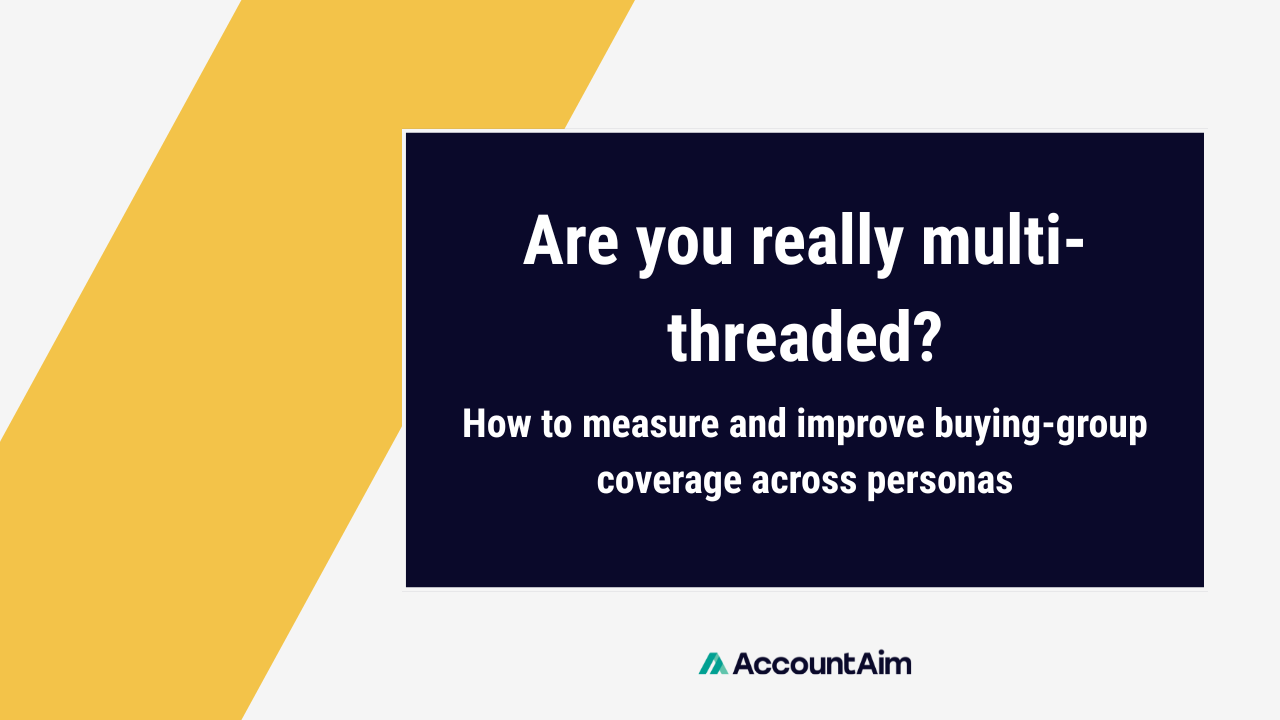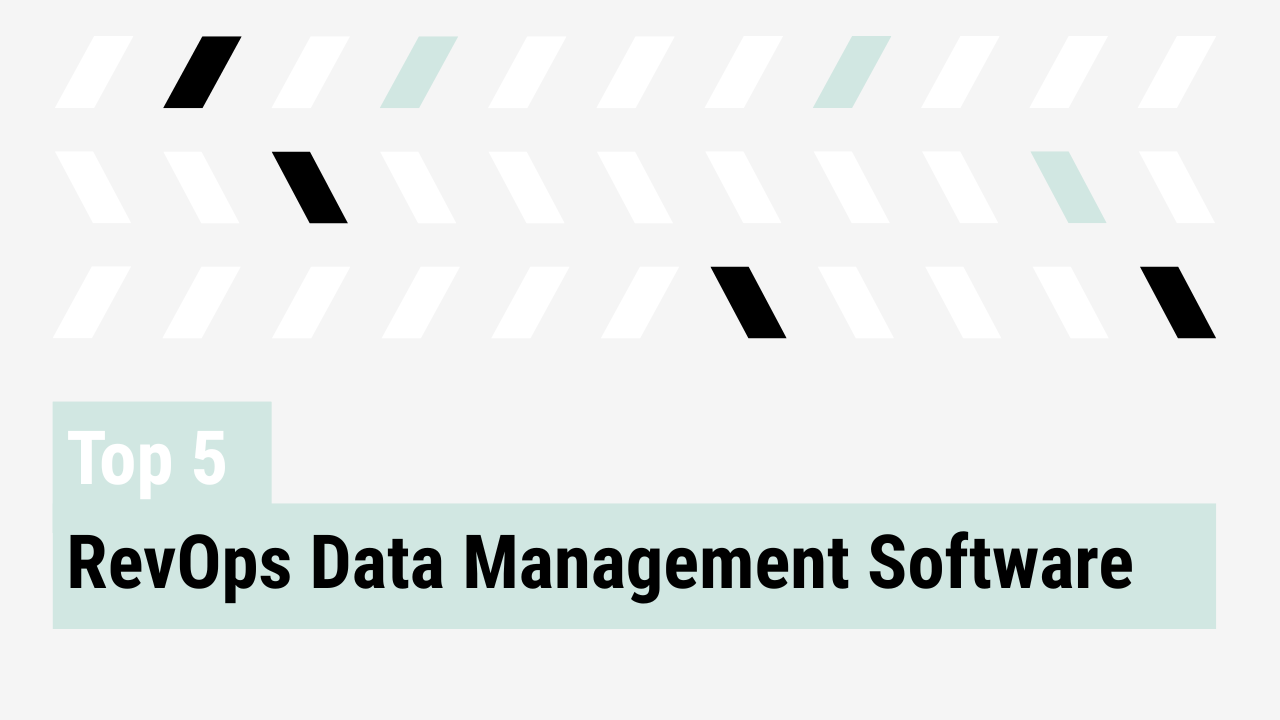The uncomfortable truth
Many GTM teams insist they are multi-threaded. The CRM often tells a different story. Deals deep in the pipeline still hinge on a single contact, even though enterprise decisions involve six to ten stakeholders on average (Gartner) and often 13 or more (Forrester).
That gap matters. Multithreaded deals can close more often than single-threaded ones.
Multi-threading is a quantifiable discipline and one of the most effective levers in pipeline risk analysis.
Why multi-threading matters
A single-threaded deal is one personnel change, budget cut, or procurement roadblock away from collapse. Multi-threading reduces that risk and accelerates decision cycles by building consensus across functions early.
It also influences deal size. Larger opportunities almost always require broader stakeholder alignment, and the earlier you secure it, the greater your control over scope and direction.
For RevOps, buying-group coverage is a measurable predictor of forecast accuracy, deal velocity, and revenue consistency.
Measuring true buying-group coverage
Measuring coverage is critical because it provides an objective view of how well you are engaging the full buying group, exposes deal risk early, and informs where to focus outreach to improve win rates. Coverage can be measured and benchmarked, and four core metrics belong on every coverage dashboard:
- Buying-group coverage rate – percentage of in-ICP personas present on the account or opportunity (economic buyer, champion, technical validator, procurement, security)
- Persona mix index – whether the right types of contacts are represented, not just the total number
- Engagement depth – median touches per persona in the last 30 to 90 days, distributed across roles
- Recency coverage – percentage of required personas engaged in the last 21 to 30 days
Directional benchmarks:
- Mid-market: 4 to 6 engaged contacts across distinct functions
- Enterprise: 8 to 10 or more, including an executive sponsor and technical validator
Add a single-thread risk flag: any late-stage opportunity missing key roles or with fewer than three engaged contacts should be flagged for action.
Operationalizing coverage tracking
Coverage metrics are only as good as the systems behind them, because without accurate CRM structures, automation, and reporting, the data will be incomplete or unreliable. Strong systems ensure that every stakeholder is captured, roles are clearly defined, and engagement can be tracked over time, making the resulting insights actionable.
Salesforce
- Require Opportunity Contact Roles with role-type fields
- Automate role creation from meeting and email data to reduce seller lift
- Gate stage progression when required roles are missing
HubSpot
- Link buying roles directly to deals so contacts can play different roles across opportunities
Reporting
- Dashboards tracking coverage rate, persona mix, and engagement depth
- ABM programs with MQAs gated by coverage thresholds
- Single-thread risk alerts surfaced in weekly pipeline reviews
With the right instrumentation, coverage moves from a quarterly “gut check” to a daily account engagement metric.
Driving adoption with GTM teams
The best coverage framework fails if sellers see it as administrative work.
It should be positioned as a deal insurance policy that protects their pipeline from sudden stalls. Additionally, it should be integrated seamlessly into the workflow by tying coverage KPIs to stage exit criteria and account plans. Finally, make it actionable by proactively surfacing missing-persona alerts so reps can address gaps before they become critical.
When sellers see a direct link between coverage, win rate, and deal size, they will protect it as fiercely as RevOps does.
Multi-threaded RevOps: the takeaway
Multi-threading is a skill you can measure, monitor, and improve. Teams that can prove persona-based selling coverage, and close gaps early, win bigger, faster, and more predictably.
Audit your active pipeline this week. You can count names, but make sure to ask:
- Do we have the right personas?
- Are they engaged recently?
- Could we still win if our champion disappeared tomorrow?
If the answer to any of these is no, you are not truly multi-threaded yet.



